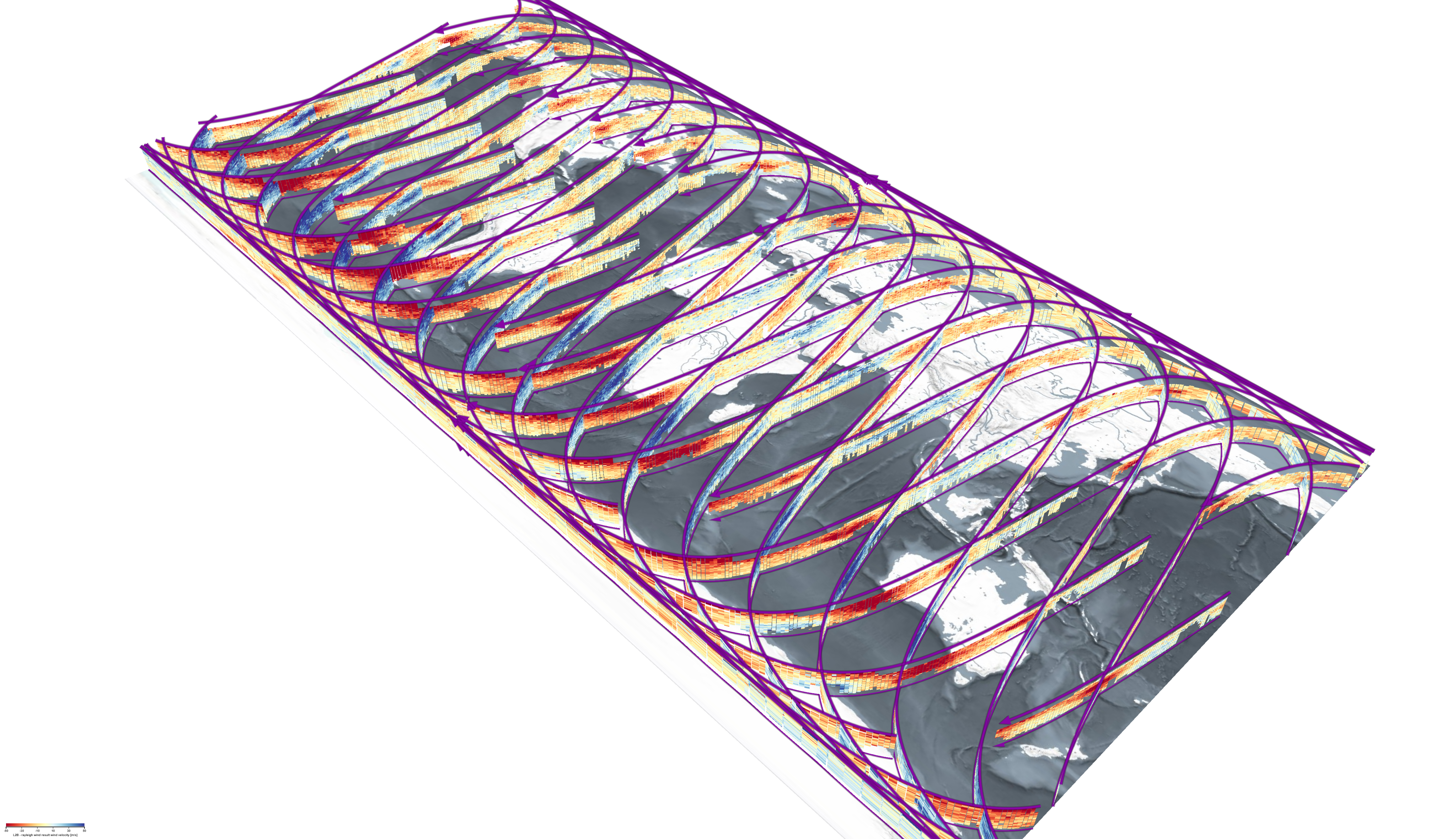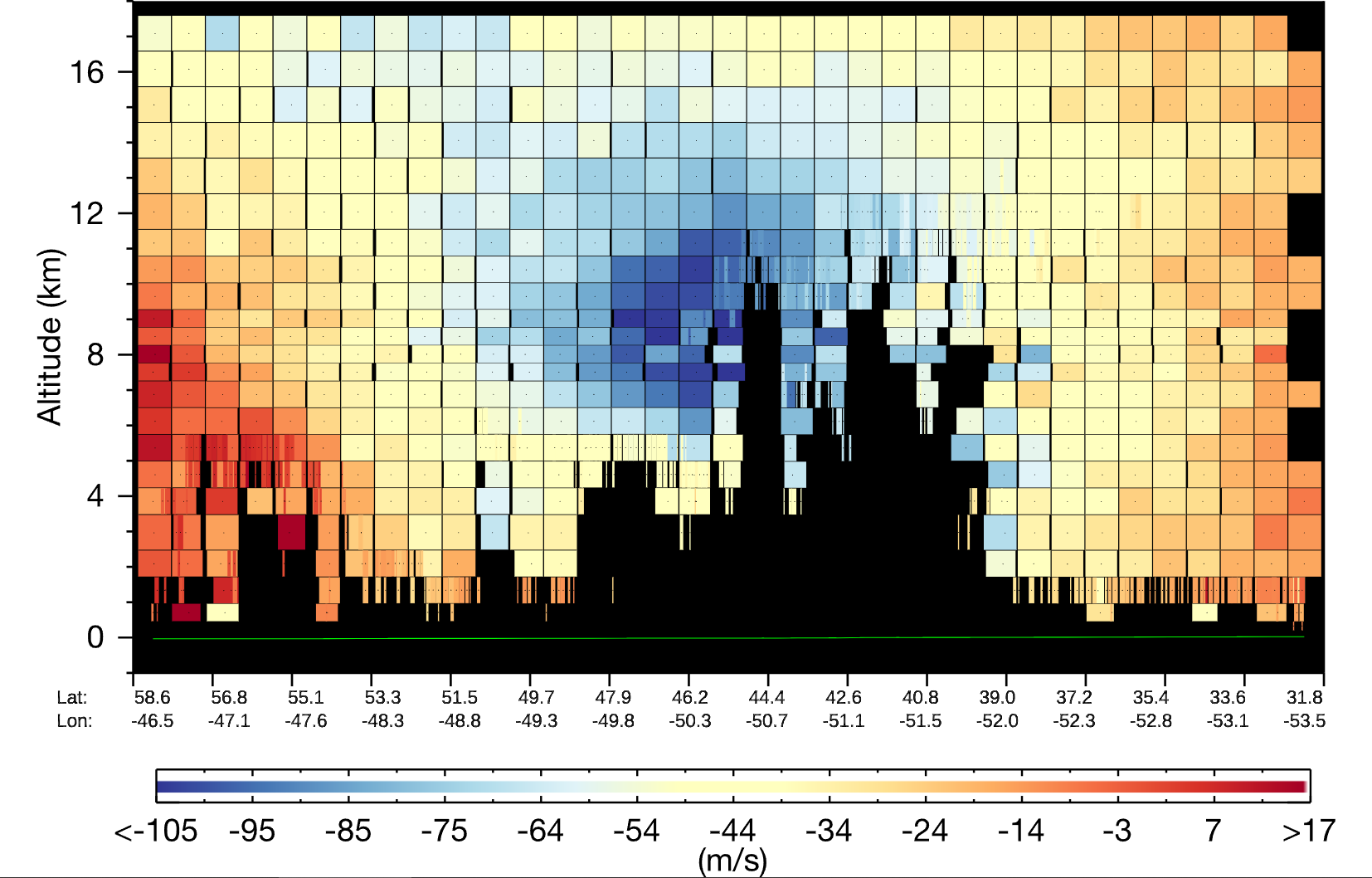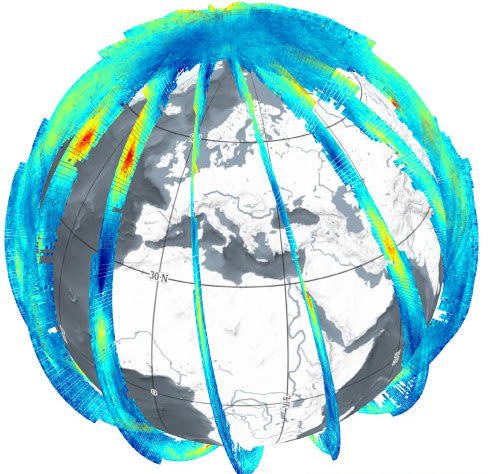CELEBRATING
AEOLUS
AT
ECMWF
#ByeByeAeolus
August 2018 - July 2023
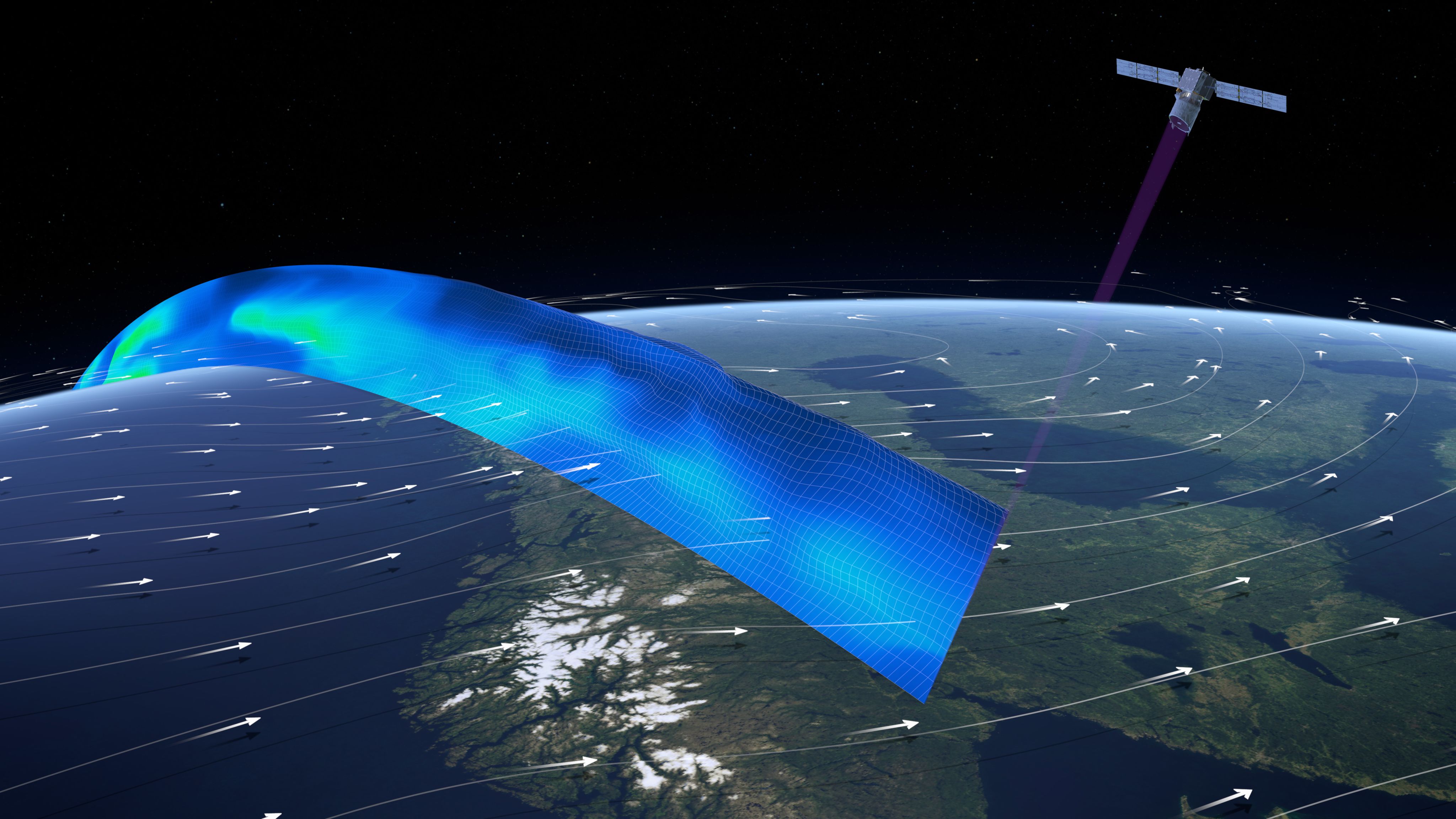
The European Space Agency (ESA) Earth Explorer Aeolus satellite was launched in August 2018. For nearly five years it has orbited Earth approximately 16 times a day, providing information on winds in the troposphere and lower stratosphere.
The mission was named after Aeolus, ‘keeper of the winds’ in Greek mythology. It is the first satellite mission to acquire profiles of our planet’s winds on a global scale, using LiDAR. The data are proving valuable for improving weather forecasts and climate models.
ECMWF was the first weather forecasting centre to use the data operationally, acting as a key player within the Aeolus Data, Innovation and Science Cluster (DISC). Our role was to work alongside ESA throughout Aeolus’ mission to ensure the data were of the best possible quality. We also hosted the L2 meteorological processing facility and were in charge of producing L2 wind products.
We could not have done this without the hard work of our colleagues.

Meet the team

Investigating
the data

Saleh Abdalla
Senior Scientist
How do you work with Aeolus data?
My role with Aeolus is to assess the quality of reprocessed wind data. The method for extracting data from Aeolus is constantly improving, and this creates inconsistencies in the long-term data. Reprocessing takes care of this by applying the latest developments in processing procedures to data from the whole mission, thus maintaining consistency while improving quality.
How did you get into this area of research?
As somebody who is interested in ocean waves and air-sea interaction, wind information is crucial. I worked with wind data from several satellite instruments that provide information about wind on the ocean surface only. Aeolus is the first ever mission to provide wind profiles along the atmospheric column from space.
What was the biggest challenge of working with Aeolus data?
Aeolus provides a huge amount of data. For me, the main challenge was to be able to discard the low-quality data and retain the good data.
What do you like to do when you’re not working on Aeolus at ECMWF?
Science and technology are my big interests and I like to explore new areas and improve my skills. Recently, I started to work on a project that involves machine learning.
What one word would you use to describe Aeolus?
Triumph.
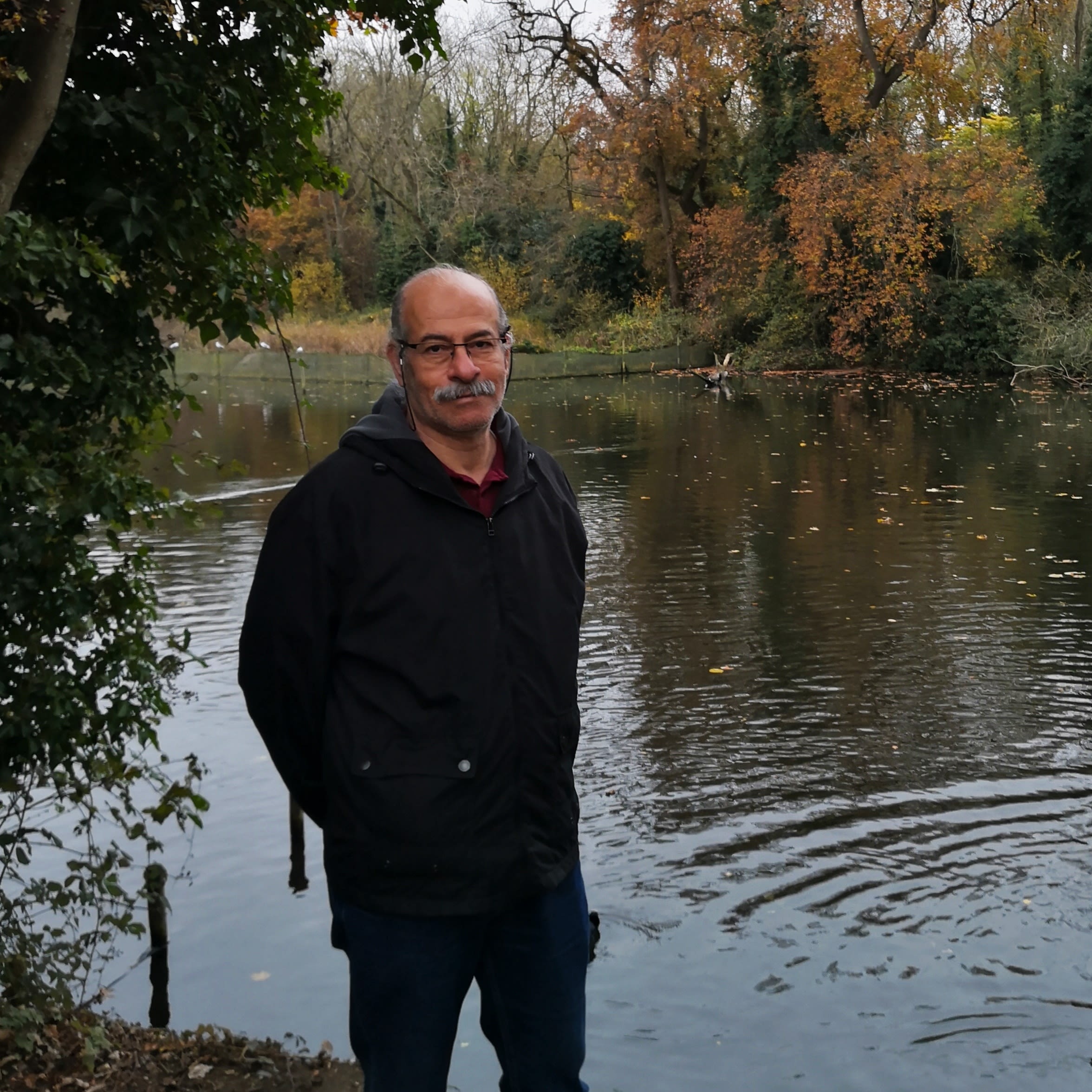
Giovanna De Chiara
Scientist
How do you work with Aeolus data?
The team I am part of has just finished evaluating the impact of Aeolus wind observations on forecasting extreme weather events, such as tropical cyclones and extra-tropical storms. We know that the data are not consistent over time. We noticed that the forecasted impact of these observations changed based on their quality. There are signs that Aeolus helps reduce forecast busts and increases the predictability of how tropical cyclones will behave.
How did you get into this area of research?
I have been working with wind observations for nearly 20 years, joining ECMWF in 2011. For many years, I worked on ocean surface wind observations. When I saw the opportunity to join this project to work with Aeolus, I was excited, because I am very interested in tropical cyclones.
How do you feel about Aeolus-2?
It is exciting! Aeolus was the first instrument providing a vertical profile of the wind and, especially for extreme weather, it’s important to have this information. We really think that, with the better-quality data from Aeolus-2, we can have an even greater understanding of extreme weather.
What do you like to do when you’re not working on Aeolus at ECMWF?
I like cooking, going to the theatre and other cultural events, meeting friends, hiking, and going into the sea when possible (in the UK, not so often!)
What one word would you use to describe Aeolus?
Powerful.
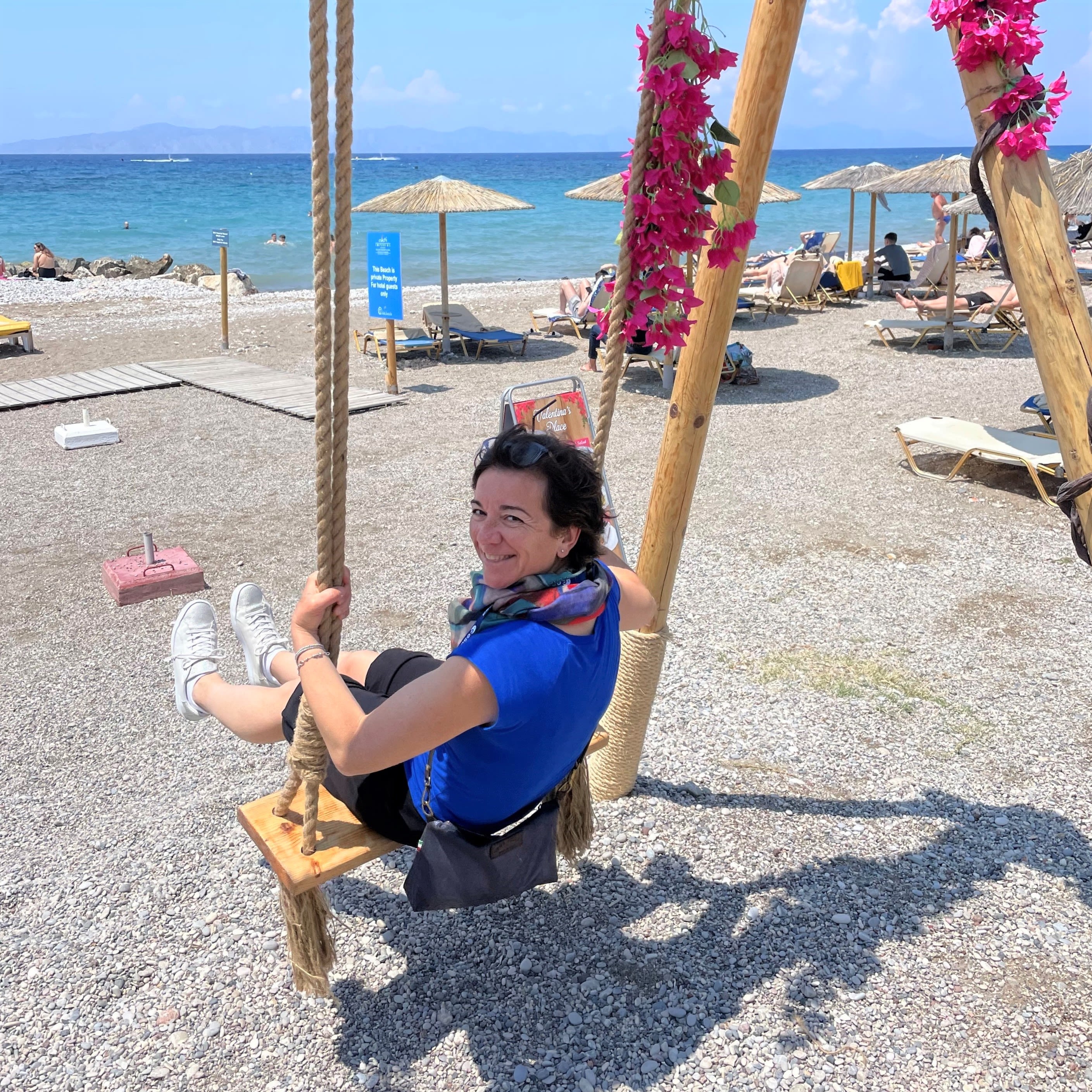
Volkan Firat
Forecast Analyst
How do you work with Aeolus data?
My main responsibility for Aeolus is to run the processing software that takes the L1B* data and generates Aeolus L2* wind products. These are then distributed to ESA and assimilated into our own forecast models. We also generate the wind products in a format approved by the World Meteorological Organization. These products are provided to EUMETSAT for further distribution to the numerical weather prediction and research communities.
* https://earth.esa.int/eogateway/missions/aeolus/data
What’s your favourite thing about working with Aeolus data?
Being a link in the Aeolus products generation chain has given me the opportunity to collaborate with colleagues from teams and organisations across Europe, including the Aeolus DISC (Data, Innovation, and Science Cluster), the Dutch national weather service, and the German Aerospace Center. We have worked together to successfully face operational challenges, thanks to efficient communication across the teams.
What do you like to do when you’re not working on Aeolus at ECMWF?
Cycling with my little one and exploring new places are my favourite things, particularly when I can do both at the same time!
What one word would you use to describe Aeolus?
Achievement.

Data
for research

Mike Rennie
Senior Scientist
How do you work with Aeolus data?
Since 2011, I have been working at ECMWF with our European colleagues to develop the wind retrieval processing algorithm to try to maximise the quality of Aeolus’ wind product. I also helped develop the processing chain that ran operationally at ECMWF during the mission to produce the wind information in near real-time and last, but not least, worked on the operational data assimilation of Aeolus winds, which were used in our ECWMF forecasts from January 2020 to April 2023.
How does Aeolus help us in this area of research?
Aeolus has demonstrated for the first time the ability to measure profiles of horizontal wind information in clear and partially cloudy skies from space using LiDAR. For one satellite instrument, Aeolus made a strong impact in operational Numerical Weather Prediction, particularly for the tropics and polar regions. Its impact was enough to justify the operational assimilation of what was a demonstration mission – which is quite unusual.
What was the biggest challenge of working with Aeolus data?
Due to it being the first ever instrument in space of this type, there have been some data quality issues to either correct or mitigate with quality control. One of the most problematic and interesting issues was the presence of large systematic errors that varied around the globe and with the seasons. It was discovered that the biases were caused by the instrument’s response being sensitive to temperature variations across the telescope’s 1.5 m diameter primary mirror.
What do you like to do when you’re not working on Aeolus at ECMWF?
I enjoy going for long walks with my family and dogs, playing badminton, cycling and playing the piano.
What one word would you use to describe Aeolus?
Original.
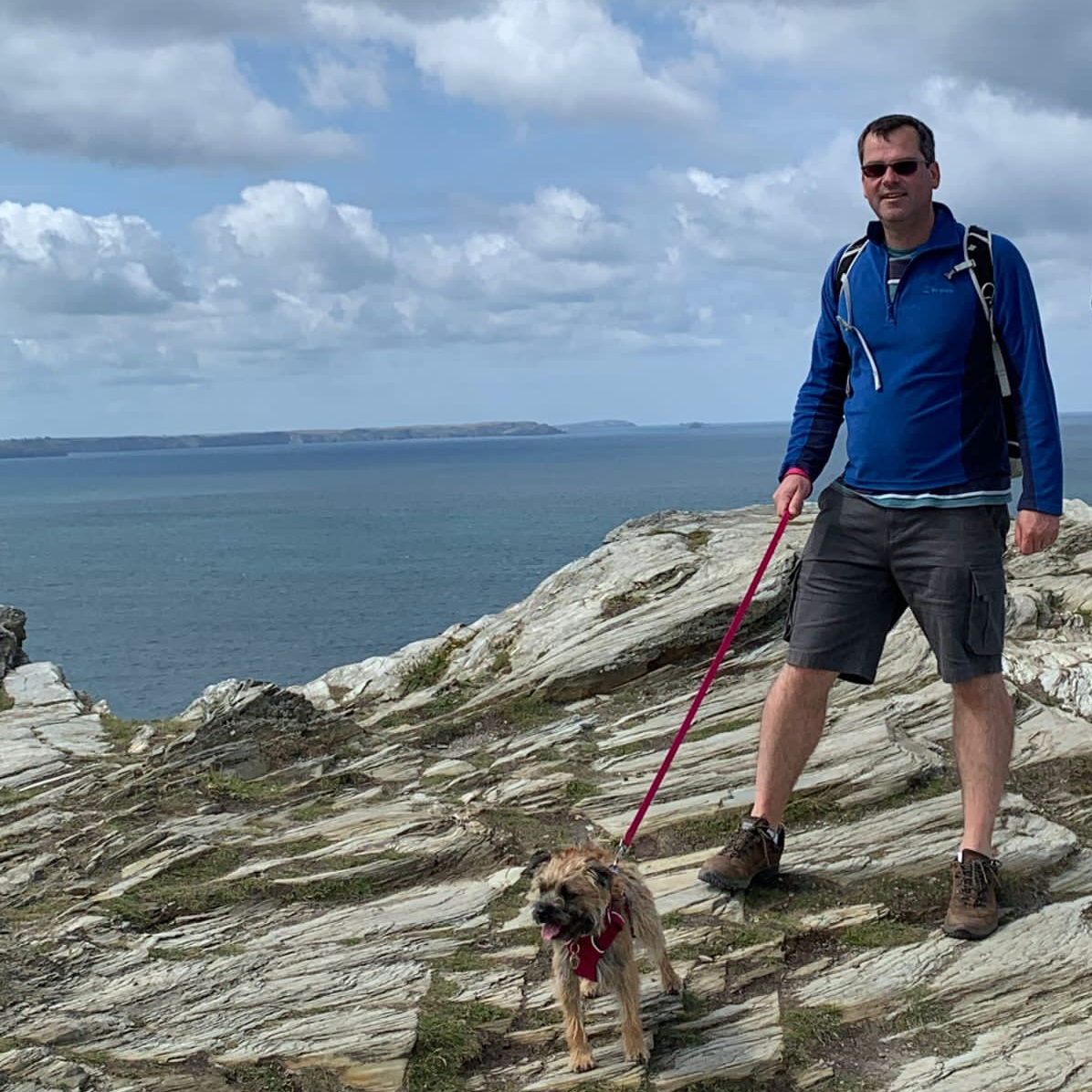
Karen Henry
Aeolus Observations Analyst
How do you work with Aeolus data?
We are looking at particle backscatter, or aerosol data, from Aeolus. My role is to take data that have been processed and prepare them so that they can be used in ECMWF’s Integrated Forecasting System (IFS). Part of the preparations involve analysis of the datasets and translation from the original format into formats compatible with the IFS.
How did you get into this area of research?
A few years ago, I designed a prototype Internet of Things (IoT) device to measure particulate matter harmful to human health. I owned a start-up that developed this device. The device included an LED light that reflected off particles to measure their number and concentration. This is similar to how the Aeolus LiDAR works to measure aerosols.
What’s your favourite thing about working with Aeolus data?
There are three main things that are hard to choose between! Firstly, it is using Earth Observation to do something positive to address challenges like poor air quality. Secondly, it is putting a laser onto a satellite - that's pretty phenomenal physics and engineering. And thirdly, working with the colleagues of the Aeolus Data Innovation and Science Cluster (DISC) has been amazing. Every time there's anything unexpected or an issue, they’re so positive and responsive.
What do you like to do when you’re not working on Aeolus at ECMWF?
I like to take long walks in nature, and do some art, such as drawing or sculpture.
What one word would you use to describe Aeolus?
Innovative.
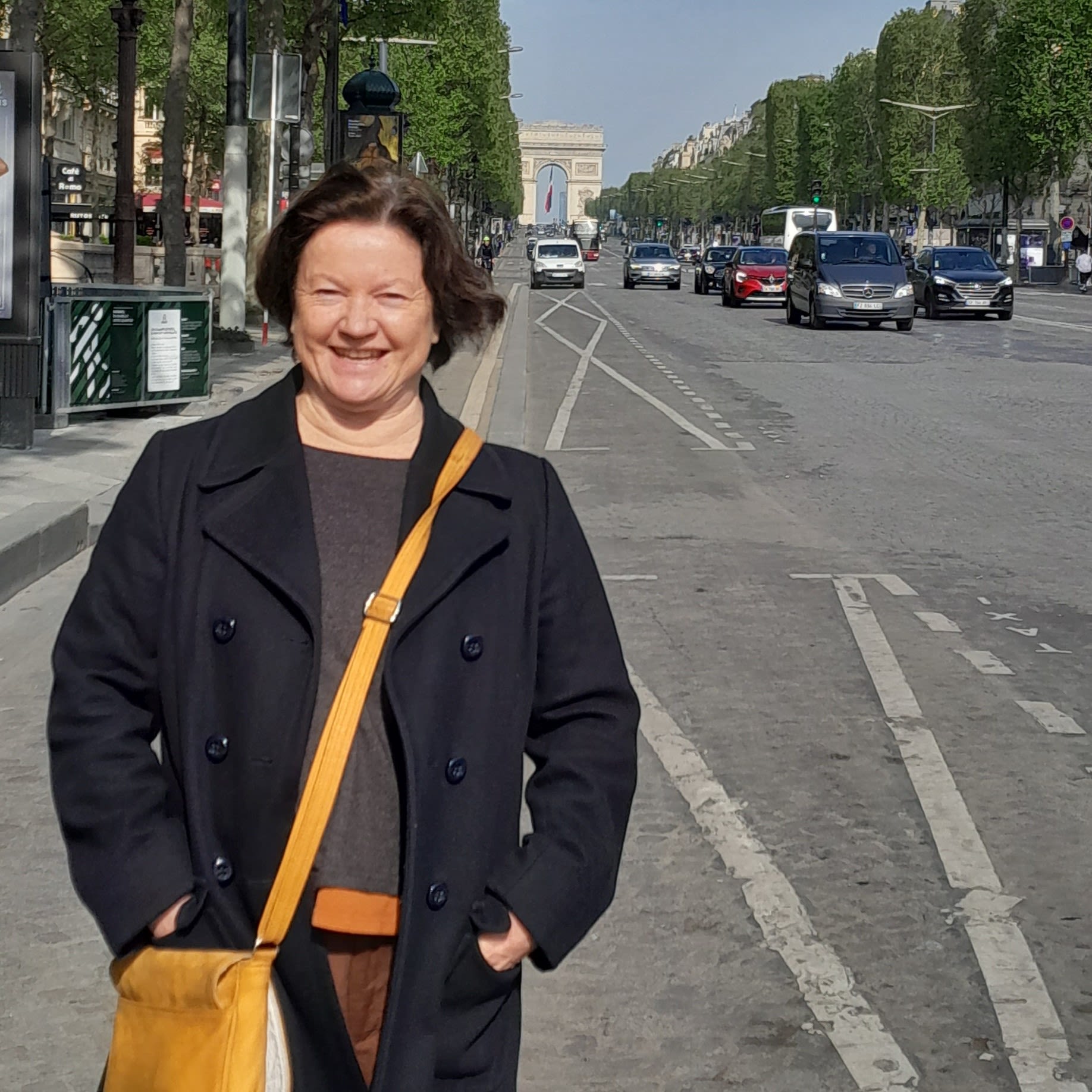
Angela Benedetti
Senior Scientist
How do you work with Aeolus data?
To improve the forecasting of aerosols, such as desert dust and smoke from wildfires, I have been pioneering the use of particle backscatter data. Aeolus provides information on the vertical profile of aerosols and thus gives us a unique perspective which complements what we can infer from other satellite instruments.
What was the biggest challenge of working with Aeolus data?
Aeolus is excellent at seeing clouds...which are in the way if you want to study aerosols!
For us, the next logical step is to study clouds too. Instead of getting rid of the cloud signal, we want to exploit it to learn about the atmosphere and improve the Numerical Weather Prediction forecast through assimilating cloud-affected data.
How do you feel about Aeolus-2?
Excited! Having Aeolus data has propelled research into the assimilation of LiDAR backscatter data. This is helping us prepare for the ESA EarthCARE mission planned for 2024. Aeolus has proven to be an excellent mission with lots of positive impacts on Numerical Weather Prediction, lots of potential still to be tapped into and a great team of scientists and engineers involved. Having a follow-on is a must.
What do you like to do when you’re not working on Aeolus at ECMWF?
I like cycling, as you can see in my picture, and I sing and co-write for a punk band.
What one word would you use to describe Aeolus?
Amazing.
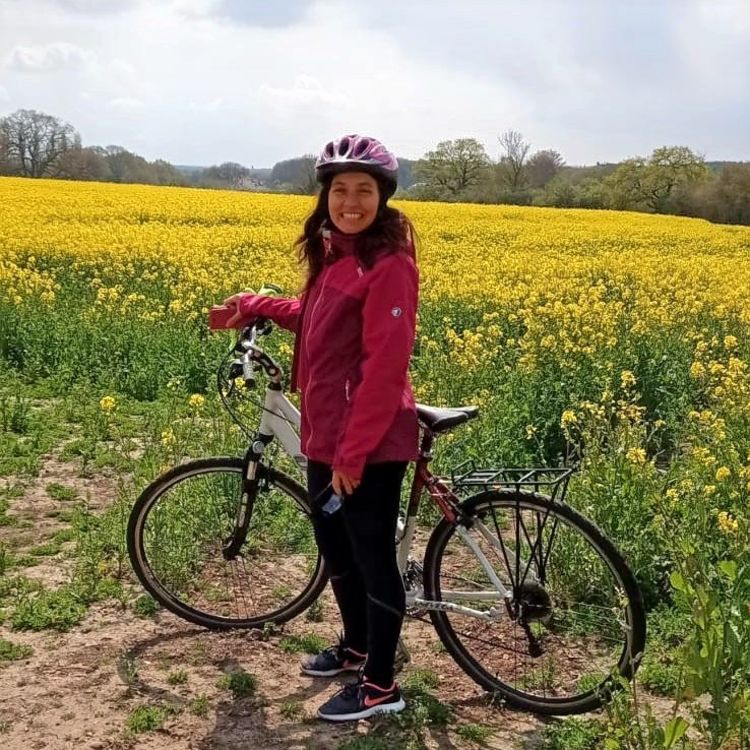
Mark Fielding
Scientist
How do you work with Aeolus data?
There is proven benefit of assimilating Aeolus wind information into our forecasts. My focus is on exploring the potential for assimilating information about clouds. Aeolus’ LiDAR can ‘see’ deep into ice clouds to reveal both their structure and the sizes of ice crystals inside. Another ESA Earth Explorer satellite, EarthCARE, is due for launch next year and will have a similar LiDAR, optimised for clouds. Aeolus is helping us prepare for that.
How did you get into this area of research?
I come from a family of weather enthusiasts; some of my earliest memories are of checking homemade rain-gauges in the garden. I’ve always had an interest in remote sensing of clouds – in my PhD, I developed a retrieval for the three-dimensional structure of clouds from scanning radar and LiDAR.
What’s next for Aeolus data?
I would love to explore how the aerosol and cloud information from Aeolus could be combined to advance our understanding of cloud-aerosol interactions. Better representing the effects of aerosols on clouds in our forecast model has tremendous promise for improving forecasts across a range of scales. It’s exciting to work with cutting-edge scientific data like those we are receiving from Aeolus. Hopefully wind LiDARs can become a mainstay of the observing system.
What do you like to do when you’re not working on Aeolus at ECMWF?
Outside of work, I enjoy running and spending time with my family.
What one word would you use to describe Aeolus?
Groundbreaking.

Will McLean
Earth System Assimilation Scientist
How do you work with Aeolus data?
I use Aeolus data products to investigate the atmospheric column. Aeolus’ LiDAR is crucial for gaining information on the altitude of the cloud or aerosol layer. My focus is on aerosols, studying, for example, the impact of the Aeolus data on assessing the atmospheric transport of dust.
How did you get into this area of research?
I have always been interested in the composition of things, from the types of matter and energy that comprise the Universe, Jupiter’s complex atmosphere, or the more familiar environment of Earth. The skills and techniques I learnt during my astrophysics studies are the same ones used whether it’s Earth, Jupiter or an exoplanet you’re studying, so changing field to Earth science did not prove to be difficult.
What’s next for Aeolus data?
Although Aeolus has finished its operational lifetime, there is a treasure trove of data still to be analysed, with ongoing improvements to the processing pipeline by the Aeolus DISC (Data, Innovation, and Science Cluster) team. Like all space missions, whether it be those sent to the outer solar system or satellites 320 km above our heads, attempts will be made to utilise all data for every application.
What do you like to do when you’re not working on Aeolus at ECMWF?
I enjoy reading, particularly science fiction (which is one of the factors that led me to studying astrophysics!), and walking my two golden retrievers – especially when I can get back home to Scotland.
What one word would you use to describe Aeolus?
Pioneering.
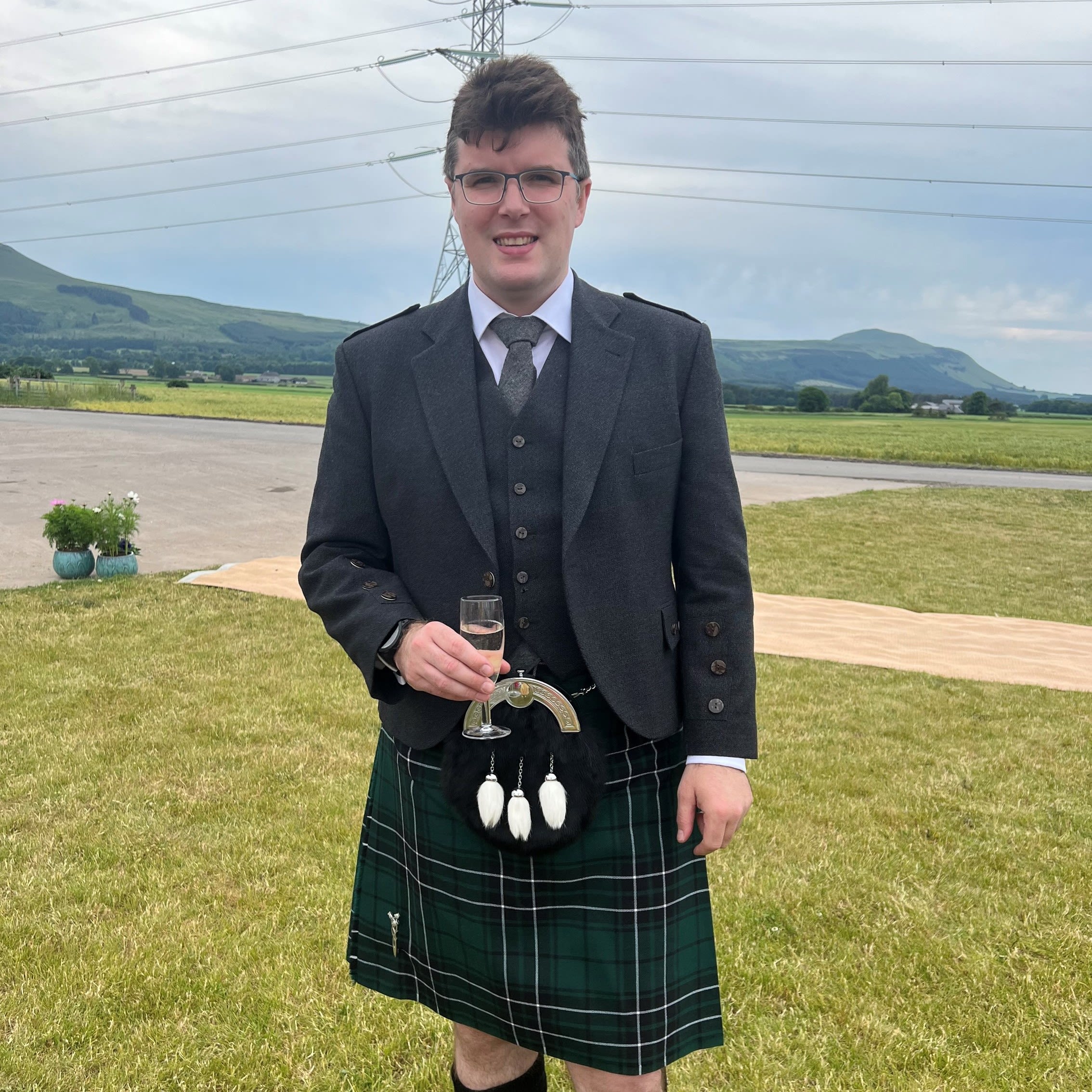
It is now time for Aeolus to retire and it will return to Earth on Friday 28 July. Not designed for controlled reentry, the satellite would usually be allowed to fall back to Earth. But ESA is attempting a first-of-its-kind assisted reentry.

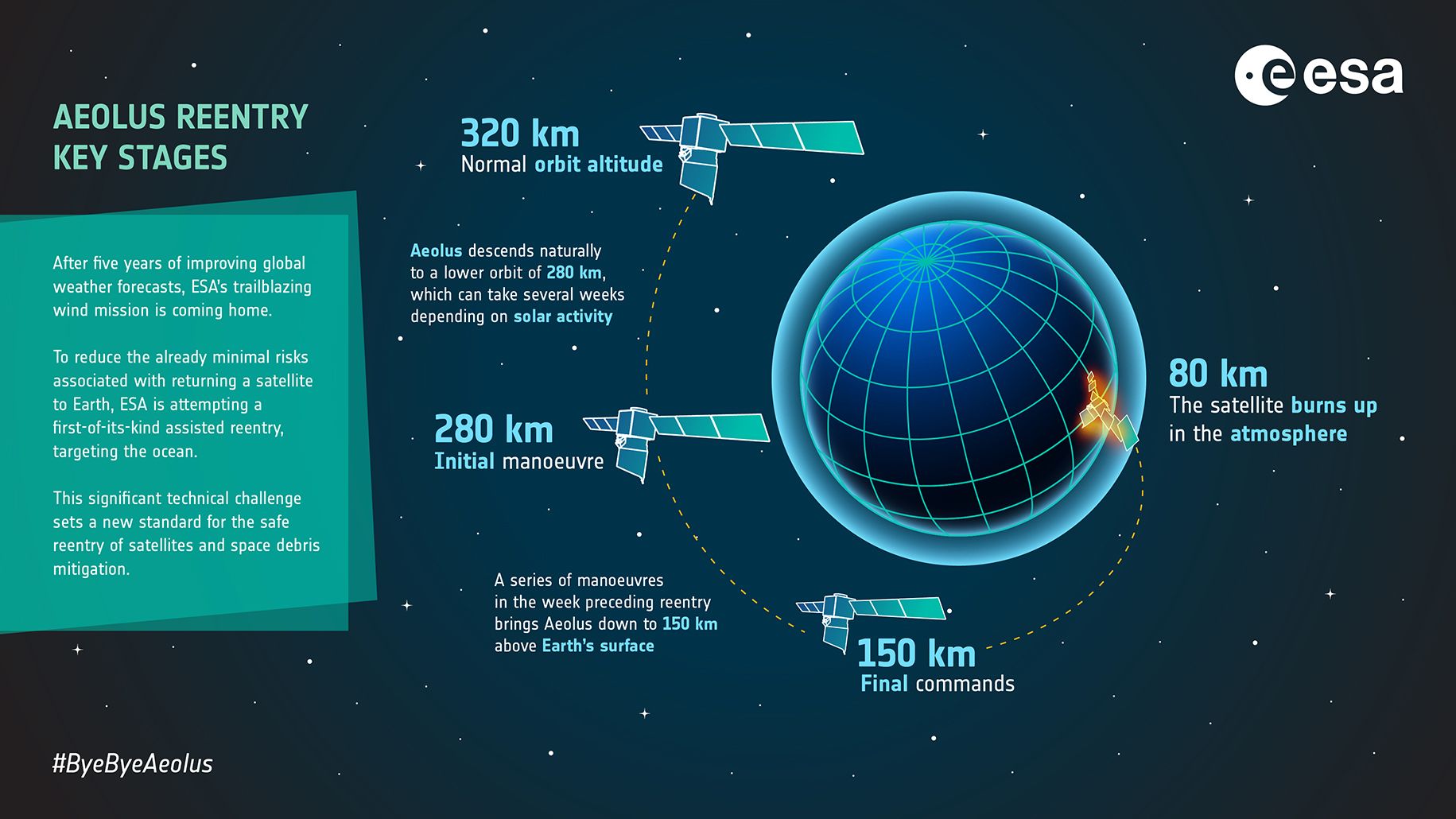
Copyright ESA
Copyright ESA
How does ECMWF describe Aeolus?
triumph
amazing
powerful
innovative
groundbreaking
achievement
pioneering
original

Further reading from ECMWF

Further reading from ESA

Copyright ESA
Copyright ESA
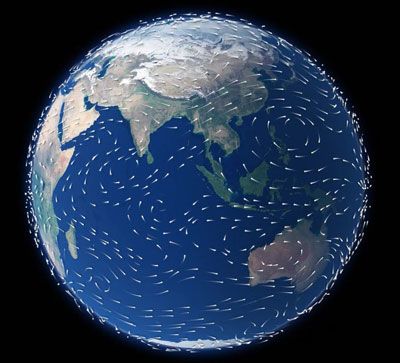
Copyright ESA
Copyright ESA
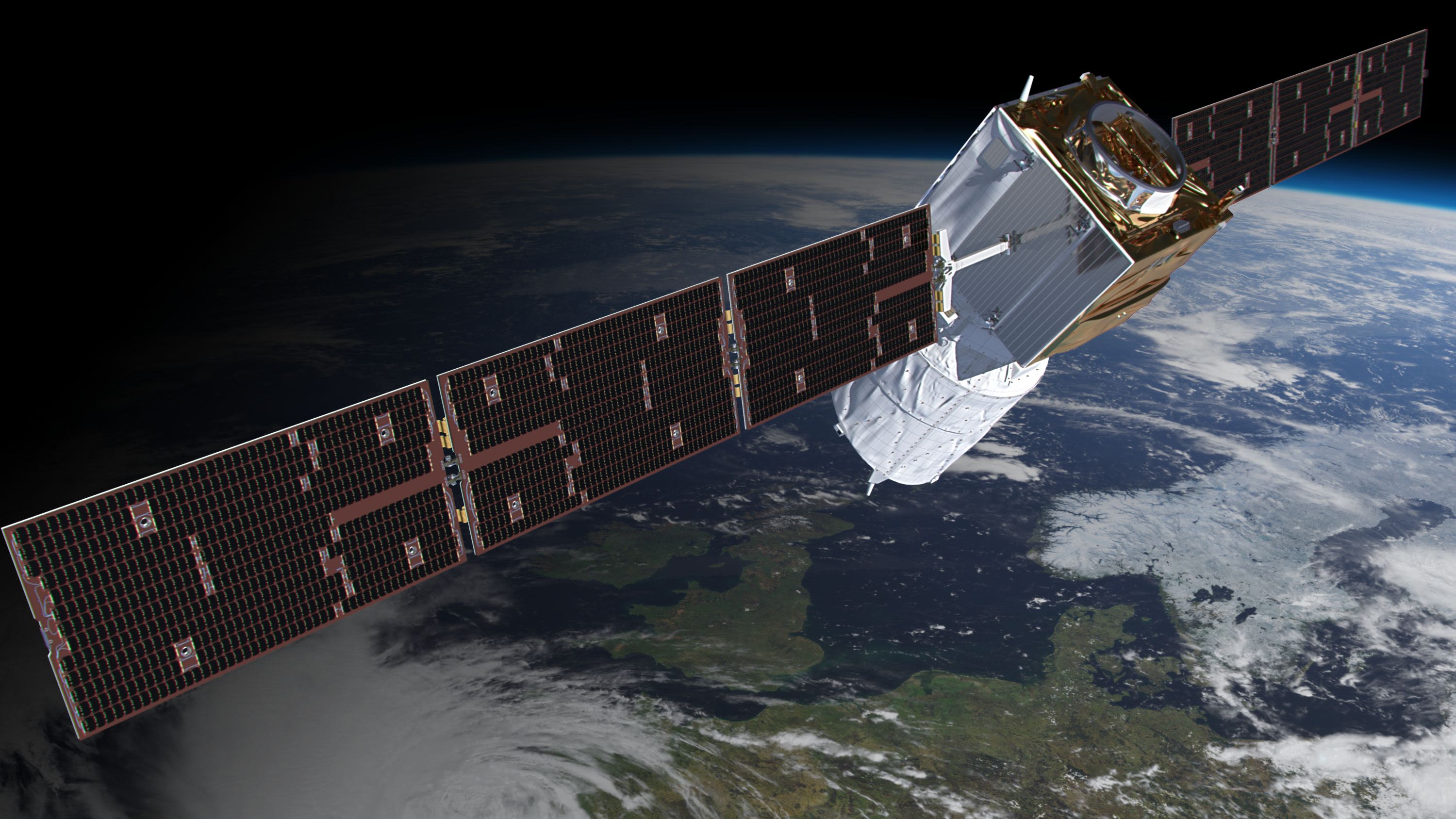
Copyright ESA
Copyright ESA

© Copyright 2023
European Centre for Medium-Range Weather Forecasts, Shinfield Park, Reading, RG2 9AX, UK
The content of this web page, excluding images from ESA and those representing individuals, is available for use under a Creative Commons Attribution 4.0 International Public License. See the terms at https://creativecommons.org/licenses/by/4.0/
To request permission to use images representing individuals, please contact pressoffice@ecmwf.int
The information within this web page is given in good faith and considered to be true, but ECMWF accepts no liability for error or omission or for loss or damage arising from its use.
#ByeByeAeolus


